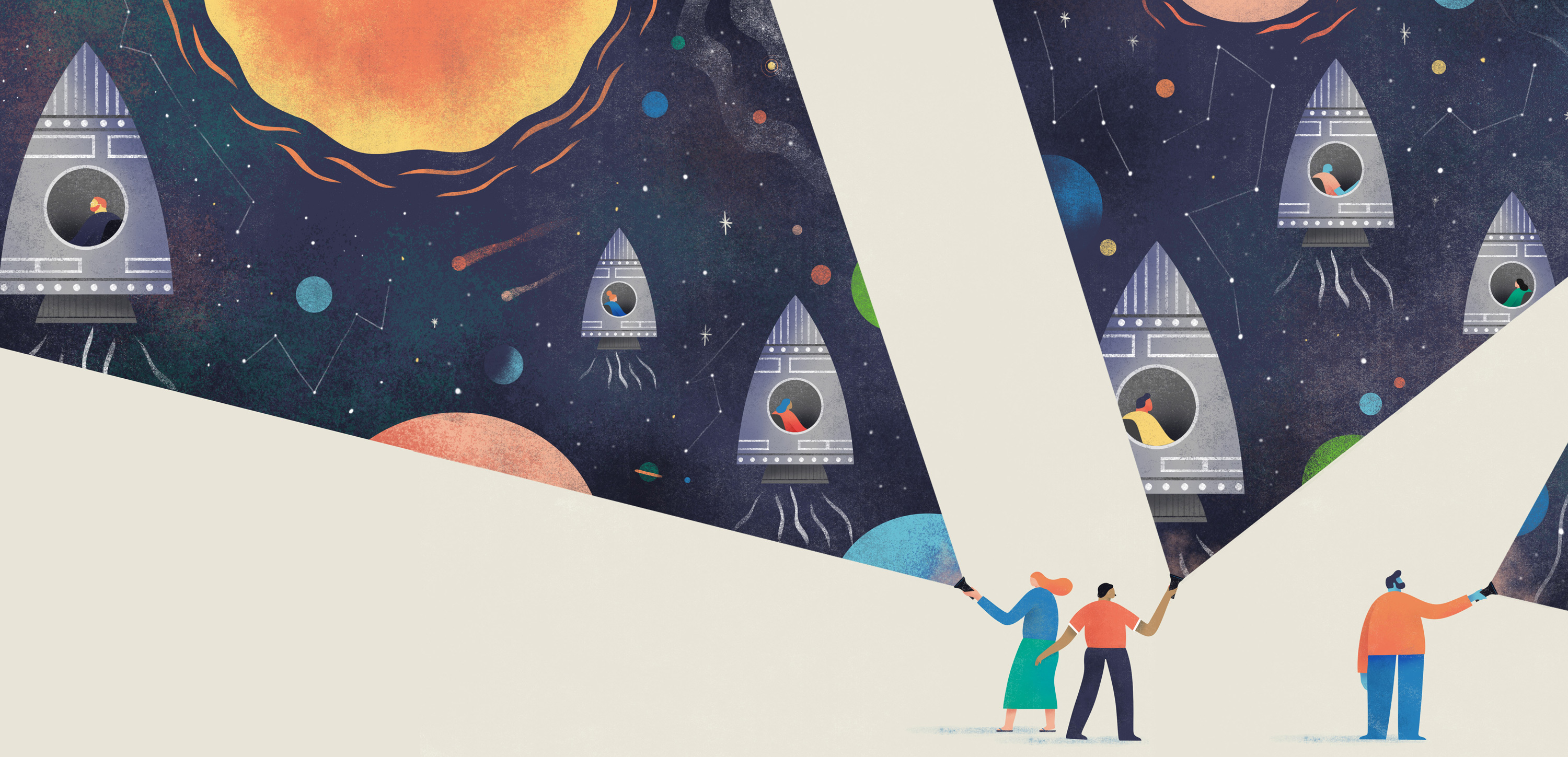8 Emerging Trends That Can Help Companies Understand Their Future Consumer

A few months ago, with the end of 2019 in our sights, a group of IDEO designers and researchers sent out a query to all of our studios and locations. We asked a simple question: What emerging patterns are you seeing in your work that few are talking about?
We heard back from colleagues around the world with reflections on technology, identity, health, food, aging, climate, and more; then synthesized the observations into a series of glimpses into a near-future reality where meat is grown in a lab and remote teams holo-call into all their meetings.
At the moment, many of these patterns exist at the periphery of our lived experience, hinting at emergent realities. But as we head into what will surely be an eventful 2020, they can offer some clarity, set expectations, and trigger new thinking about where we’re going as organizations, as individual leaders, and as a society in pursuit of a bright future.
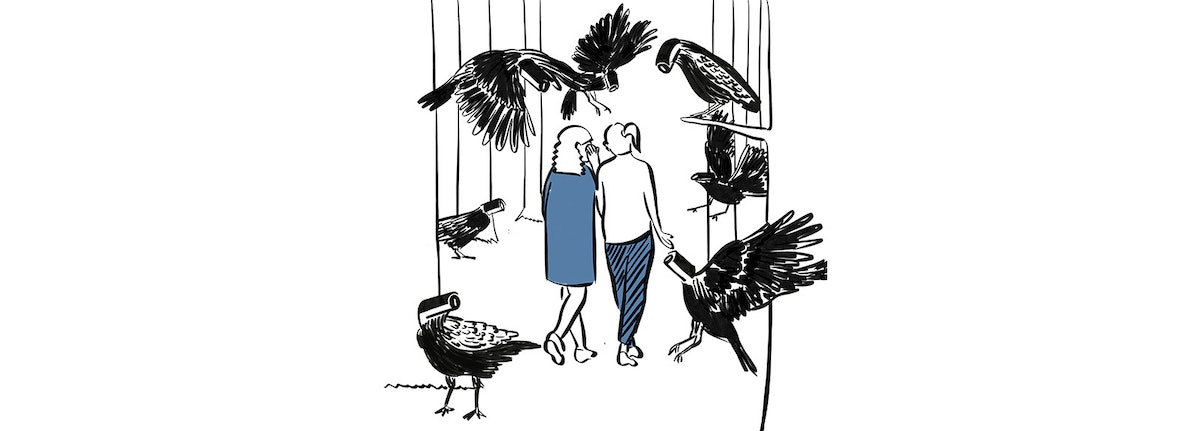
1. Attention Economy Backlash
We love our phones, but will they ever love us back? Despite round-the-clock connectedness, millennials are being called “the loneliest generation,” suffering endemic anxiety and depression as social media activity replaces in-person interactions. Along with our privacy and attention, we give away our data—which is for sale, but we don’t get the profits. Clickbait lures us with content that causes outrage, disgust, or anguish; but we click anyway, and that has measurable impacts on our mental and physical health (not to mention society).
Such concerns have spawned a movement to regulate big tech. We see it already in the growing practice among tech moguls of sending their children to Waldorf schools and insulating them from technology, even as it’s the root of their fortune. Meanwhile scientists at Northeastern University and MIT-IBM Watson AI Lab are working on “adversarial T-shirts,” printed with a specific pattern that can confuse facial-recognition algorithms, thereby protecting people’s identity in surveilled public spaces.
As we watch these phenomena unfold, new questions help us begin to fill in our picture of the future: Will all organizations soon have a Chief Ethics Officer? Will “surveillance-free space” become the new “non-nuclear zone?” Will there be a course-correction in social media, where "positive antisocial" digital experiences emerge?
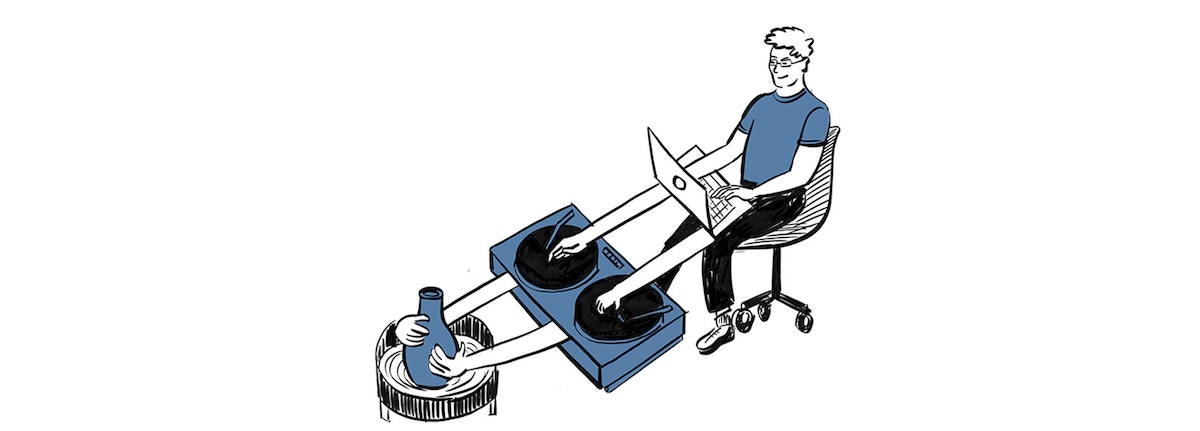
2. Multi-Track Mind
It’s increasingly common to have multiple careers, many side gigs, and several simultaneous committed relationships over the course of adult life. As digital tools become the means to finding work, partners, and new interests, the bios we use to present ourselves on social media reflect the hybridity and fluidity of the moment. Identity itself is often a composite that includes profession, religion, gender, family, geography, ethnicity, personal passions, and the list goes on.
These currents are already taking shape through organizations like Live in the Grey, which empowers people to blend what they like to do with what earns them a living. As AI replaces many tasks, there will be less need for full-time work, and employers may offer part-time roles to retain people.
To help think through these evolving identities and aspirations, we’re asking: Will banks have to design “rainy-day” funds as people increasingly lack one consistent stream of employment? Will universities have to create hybrid departments, teaching positions, and curricula sourced from multiple disciplines? Will people identify as both their physical and digital identities in the world?
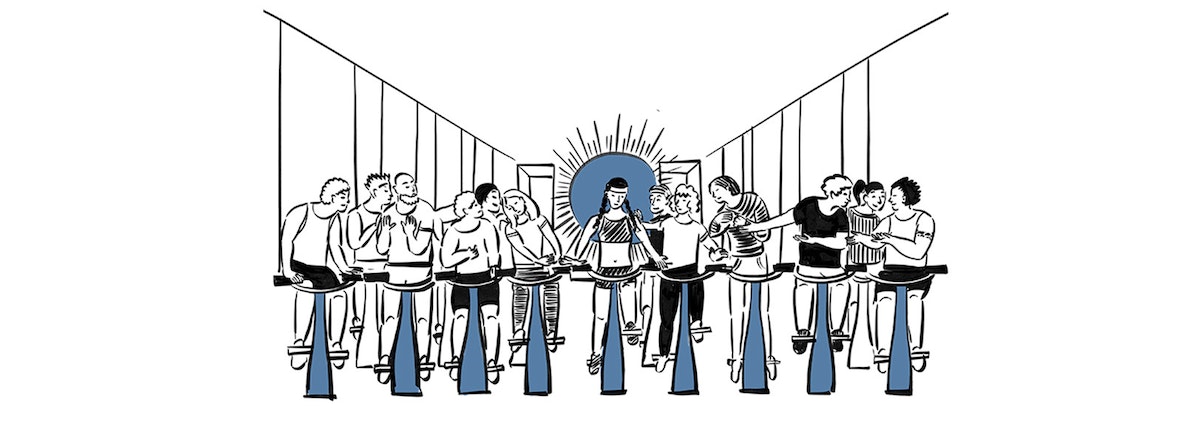
3. Distributed Devotion
Although younger generations are less affiliated with organized religion, they have no less drive to find a sense of belonging, meaning, and spiritual connection. But they’re finding it in a much wider array of locations and communities. Yoga studios, supper clubs, and forest bathing all offer a sense of communion. Megachurches hold rock concerts and sell Starbucks; Kanye West has his own ministry. For some, transcendence can be found at CrossFit.
Sacred Design Lab, a research and design consultancy, explores how modern millennials “gather” to seek out meaning, community, and ritual in the absence of organized religion. The People’s Supper uses shared meals to build trust and connection among people of different identities and perspectives. Intentional communities are having a resurgence among people who want to live and raise children beyond the nuclear family, and reduce consumption by sharing resources. One example, Kin, is a co-living concept specifically for people with young families.
This prompts us to wonder: Will brands soon have a Chief Belief Creator? Will micro spiritual sects replace organized religion? And will physically distributed workforces and the growing gig economy generate a new longing for community at work?

4. The New Normal
Transgression is the new norm. In large U.S. cities, cannabis has replaced alcohol for recreation and relaxation; psychedelics are administered in therapeutic settings; and gender is understood to exist on a spectrum. Aid in dying is now law in nine states (plus DC). This will be a slow moving pattern in many cultures, but is a fast moving train in many major cities.
Last year, Oakland, California unanimously passed a resolution to decriminalize hallucinogenic fungi, otherwise known as “magic mushrooms.” Aside from academic clinical trials at Johns Hopkins, NYU, and elsewhere, German company ATAI Life Sciences and Compass Pathways (for-profit biotech platforms) are testing psilocybin and other psychedelic substances for therapeutic use. The Multidisciplinary Association for Psychedelic Studies (MAPS) is pioneering the use of MDMA for anxiety.
All this has us asking: Will cannabis corporations trade on the S&P 500? Will the option of assisted dying be part of any conversation on end-of-life care?
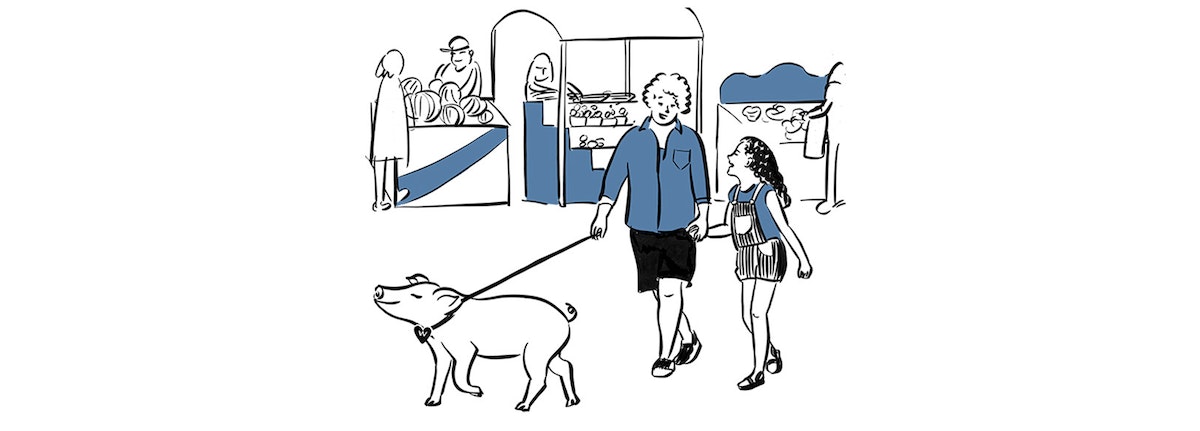
5. G.R.A.S.-fed*
The threat of climate-induced food scarcity is driving a rise in precision agriculture, analytics, IoT, and CRISPR gene editing. Indoor farming heralds a future where even food deserts can produce nourishment. Lab-grown meat and fish have arrived, as have molecular whiskey and wine.
Clara Foods is a so-called “cellular agriculture” company that produces egg whites without hens, using yeast to grow proteins that mimic the animal-derived version. Aleph Farms is growing cultured meat in a lab. And a company called Endless West is creating Glyph, a whiskey made in a test tube rather than a barrel, mapping the flavor profile at a molecular level and building the product in less time and with fewer resources than its traditional predecessor.
We wonder: Will GRAS become the new “natural” on food packaging? Will prehistoric life forms be replicated for contemporary consumption? Will prescription diets be the norm?
*The FDA’s acronym GRAS, or “generally regarded as safe,” is emerging as the framework for accepting scientifically modified food.
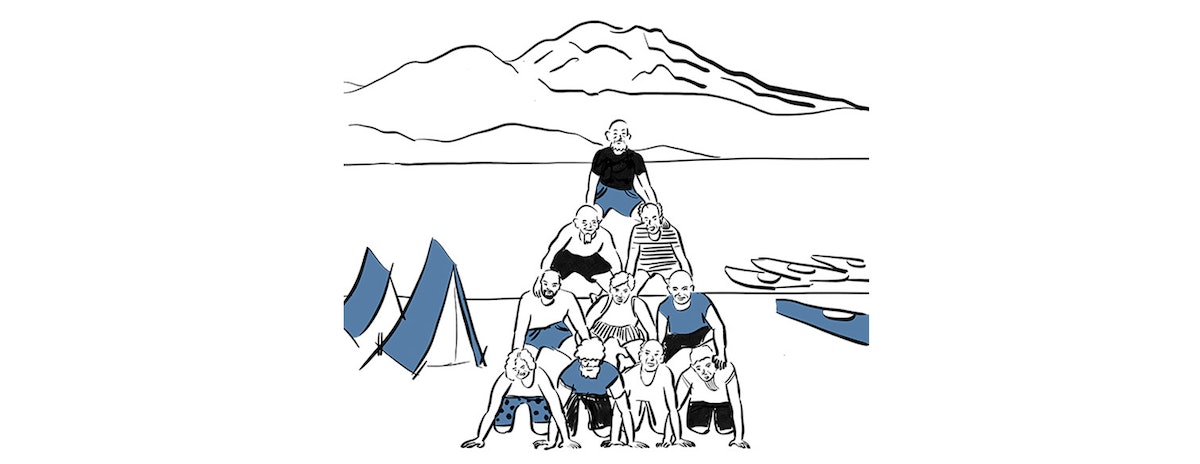
6. Peter-Panning
As boomers age, lifespans extend, and full-grown adults reject “growing up,” typical kid activities—video games, escape rooms, summer camp—are marketed to every age. Many millennials shun “adulting” and choose not to have children. Meanwhile, people are working into their 70s and 80s as “middle age” extends and salaries stagnate. Must we "do it all" in our 20s, 30s, and 40s only to peter-pan for 30+ years afterward? As younger people prioritize careers over children, perhaps hearty elders will do the child-rearing while parents play.
Google, Facebook, and other startups choose office design that mimics college dorms. Silvernest is an online home sharing service geared towards seniors. Papa, a service that bills itself as “grandkids on demand,” offers assistance and socialization for seniors. And in 2014, Google launched Calico, a billion-dollar longevity lab.
It begs the question: Will retirement plans have to be redesigned to accommodate longer work lives? Will multi-generational “village” housing become the norm? Will people upload their brains, holograms, and other likenesses to the cloud to gain a form of eternal life?
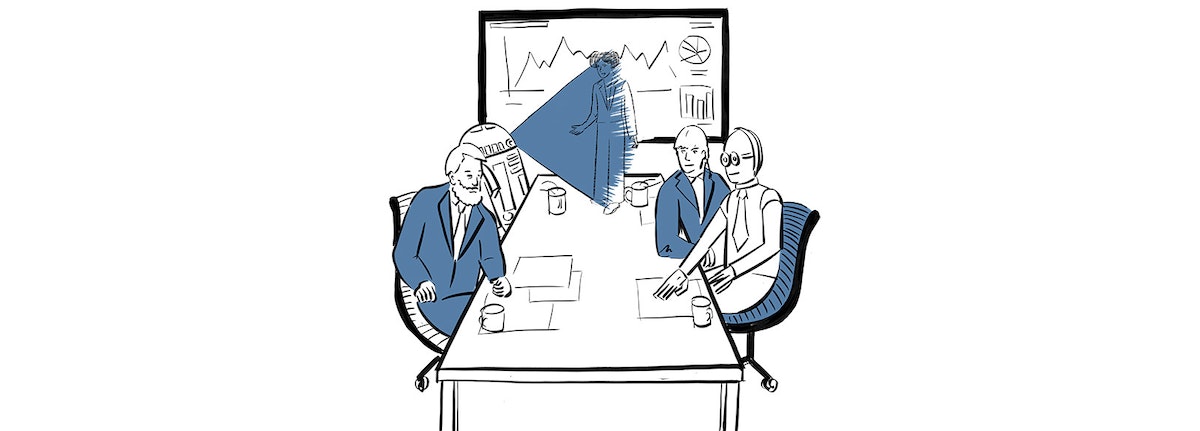
7. Blue Marble Thinking
Climate anxiety is real and it’s changing behavior. Swedish advertisements shame jet travelers. Consumers at the top of Maslow’s pyramid make decisions based on organizational ethics and potential waste streams. Corporations are being held to account by employees on every front, from sustainability to privacy; and “benefit corporations” (B-Corps) are increasingly common.
Technologies like Rumii allow people to collaborate in VR, preventing the need to travel to meetings, and Microsoft’s Hololens is developing holograms to stand in for in-person meetings. H&M, Everlane, Patagonia, and other clothing lines are focusing on circularity and sustainability in their supply chain.
In a climate-conscious, globalized world, what sacrifices might the West have to make to help developing economies catch up without the pollution toll? Will “Circular” become a product designation, like HE (high-efficiency) washing machines? Will Thunberg-activated youth drive new consumption patterns?
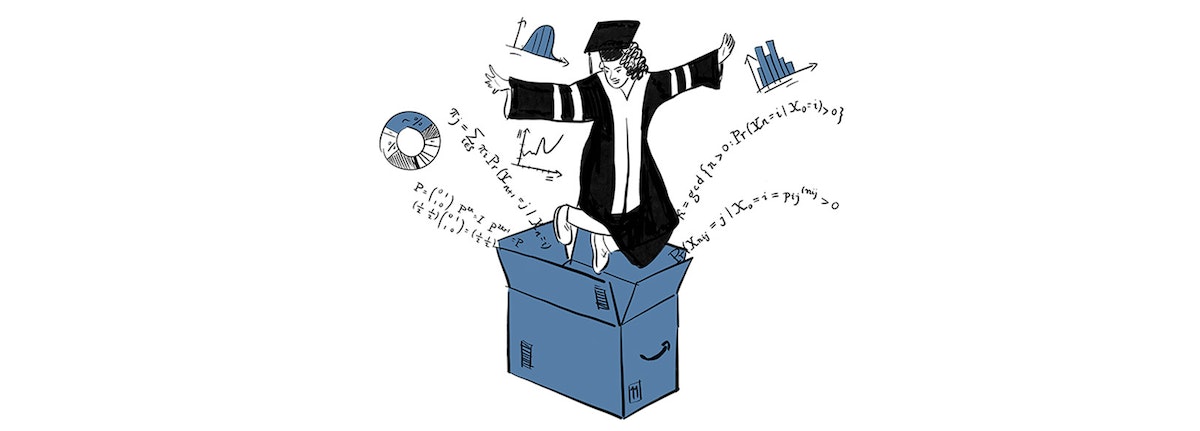
8. Skipping School
The fourth industrial revolution demands new skills, which entails different approaches to how and where we learn. Corporations have brought learning and development programs in-house. In some countries, the aging population means fewer college applicants. Students are also rethinking the investment in and financial burden of college, and instead heading to coding bootcamps; while budding entrepreneurs follow the Zuckerberg/Thiel route and quit school to launch and learn in startups.
Amazon and Salesforce are starting programs to train their internal employees for roles that are hard to fill. There is a profusion of coding bootcamps like CodingDojo, and institutions like General Assembly, that are reinventing vocational education and providing alternatives to college. Lambda School and Flatiron take the ROI of education literally, only charging after graduates find a job.
In the near future, will we see vocational education replace the B.A.? Will kids apply to Google straight out of high school? Will cities—alongside corporations—invest in reskilling their workforces with new guilds and trade schools? Will teachers end up ditching schools in favor of teaching for plum salaries in private industry?
Header image by Brian Pelsoh; illustrations by Joanne Cheung
Words and art

Subscribe

.svg)








